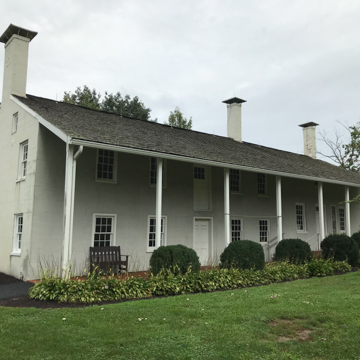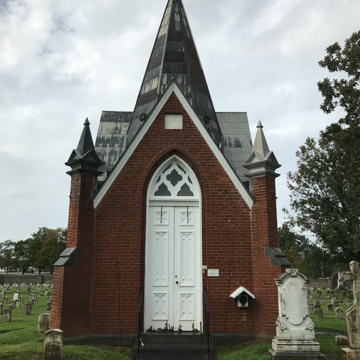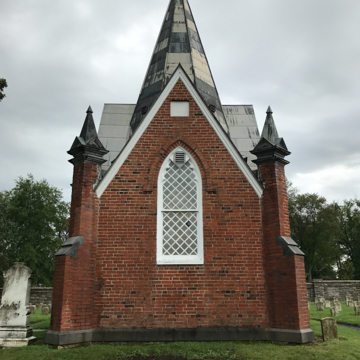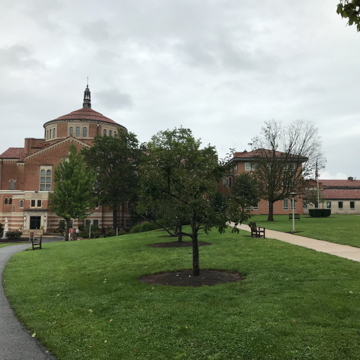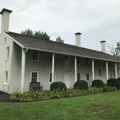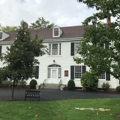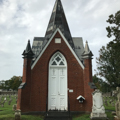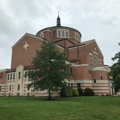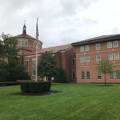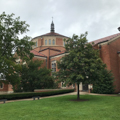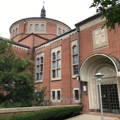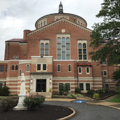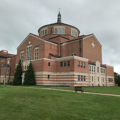This basilica and shrine are dedicated to the first American-born person elevated to sainthood by the Roman Catholic Church. Born in New York City, Elizabeth Ann Seton converted to Catholicism and moved to Emmitsburg in 1809 after her husband’s death. Here she founded the Sisters of Charity of St. Joseph, the first religious women’s community in what then constituted the United States (an earlier one was in New Orleans), and St. Joseph’s Academy, a pioneer in Catholic education. Located adjacent to the shrine property, the former St. Joseph’s campus is now the Department of Homeland Security National Emergency Training Center (closed to the public); the National Fallen Firefighters Memorial Park is also located nearby
The grounds of the shrine include the c. 1750 Stone House that served as the first home of the Sisters of Charity, and the White House, Mother Seton’s first purpose-built structure with its earliest section dating to 1810. A walled cemetery for the sisters includes a diminutive c. 1840 Gothic Revival brick mortuary chapel with a tall central spire. The Latin cross plan basilica is a Byzantine-inspired design with tile roofs, a dome with a drum and narrow clerestory windows over the crossing, and colorful mosaics and marble throughout the interior. It was constructed at the time of Mother Seton’s beatification to accommodate large groups of visitors to the site; she was elevated to sainthood by Pope Paul VI in 1975. The National Shrine Grotto of Our Lady of Lourdes, one of the oldest American replicas of the French site, is located off U.S. 15 South at 16330 Grotto Road.



